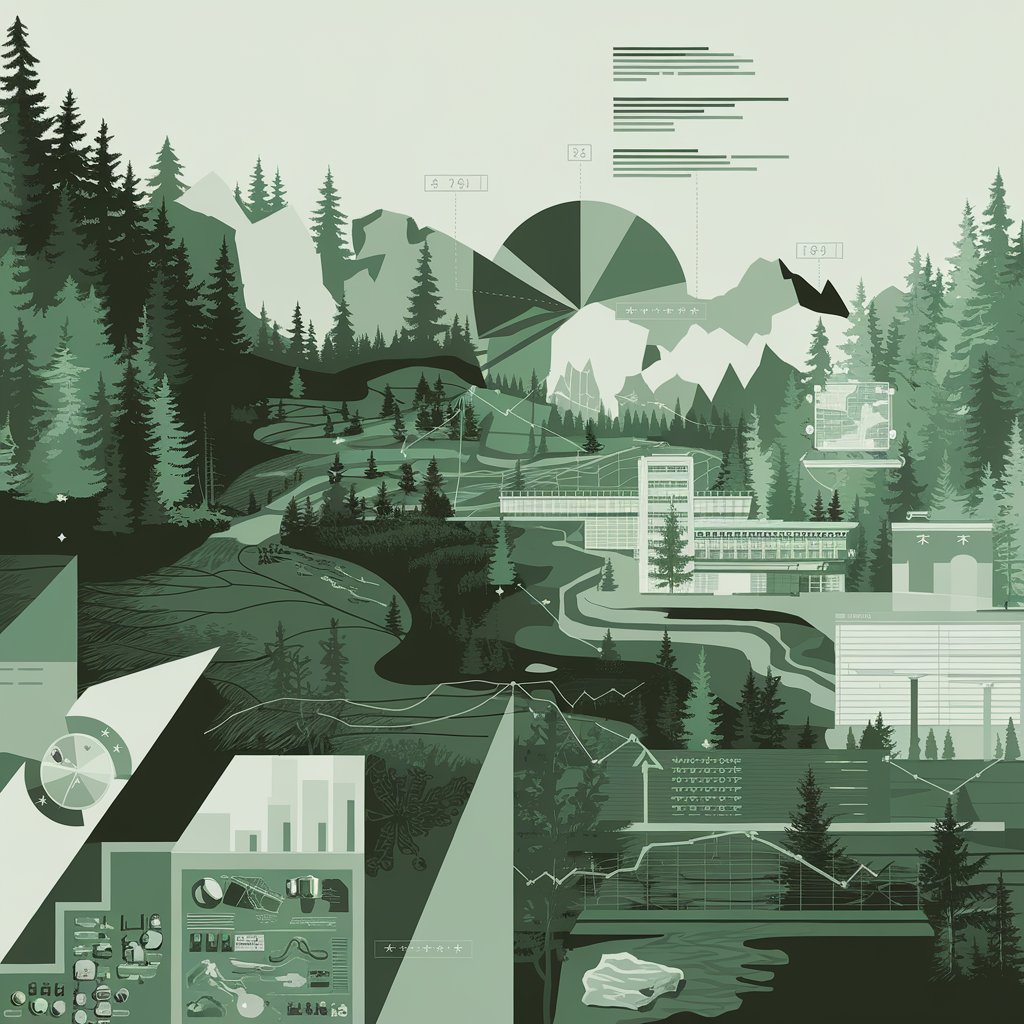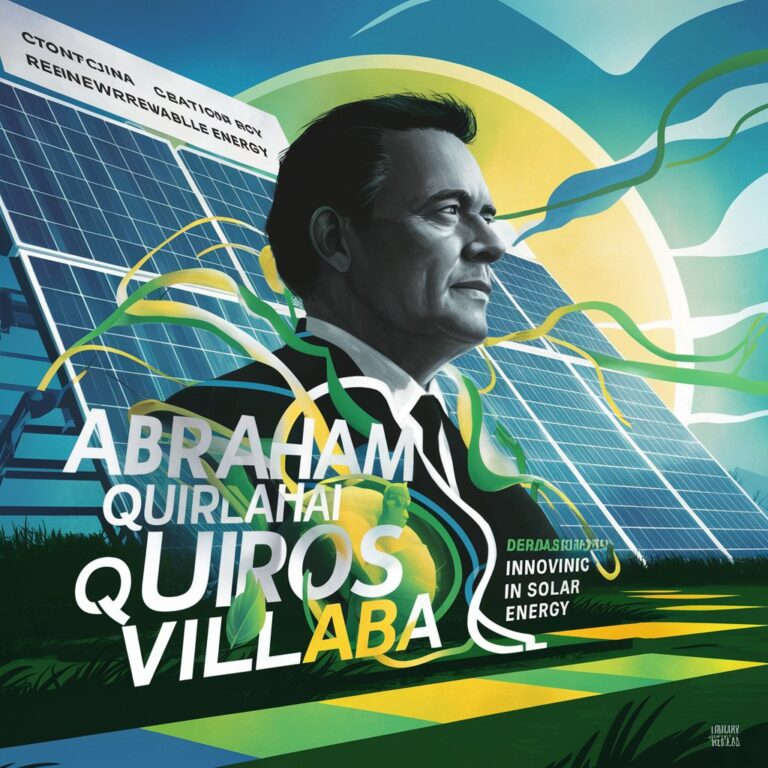Comprehensive Guide to the Fallias Field Report: Insights and Analysis
Introduction
The Fallias Field Report is a vital document that delves into the environmental and socio-economic conditions of the Fallias region. This comprehensive report serves as a cornerstone for understanding the intricate dynamics at play within the area. In this article, we will explore the purpose, methodology, findings, and implications of the Fallias Field Report. Our aim is to provide an exhaustive analysis that surpasses existing sources and offers new insights into this critical document.
The Fallias Field Report aims to provide an in-depth analysis of the region’s environmental and socio-economic conditions, offering insights into both ecological and economic factors.
What is the Fallias Field Report?
The Fallias Field Report is an in-depth analysis that evaluates both environmental and socio-economic aspects of the Fallias region. Its primary purpose is to offer a detailed examination of current conditions and trends, which can aid policymakers, researchers, and community leaders in making informed decisions. The report covers various dimensions, including land use, natural resources, population demographics, economic activities, and social factors.
Why is the Fallias Field Report Important?
Understanding the Fallias Field Report is essential for several reasons:
- Environmental Management: The report provides valuable insights into the state of natural resources, helping in sustainable management and conservation efforts.
- Economic Planning: By analyzing economic activities and conditions, the report supports strategic planning and development initiatives.
- Social Impact: The socio-economic analysis helps in understanding the community’s needs and challenges, guiding social policies and programs.
- Policy Development: The comprehensive data serves as a basis for informed decision-making and policy formulation.
Key Components of the Fallias Field Report
- Environmental Analysis
- Land Use Patterns: Examination of how land is utilized, including agricultural, residential, industrial, and recreational uses.
- Natural Resources: Assessment of the availability and sustainability of resources such as water, minerals, and forests.
- Ecosystem Health: Analysis of local ecosystems, including flora and fauna, and their overall health and biodiversity.
- Pollution and Waste Management: Evaluation of pollution levels, waste management practices, and their impact on the environment.
- Socio-Economic Analysis
- Population Demographics: Detailed information on population size, distribution, age, and growth trends.
- Economic Activities: Overview of key economic sectors, employment rates, income levels, and business activities.
- Education and Healthcare: Assessment of educational institutions, healthcare facilities, and their accessibility to the community.
- Housing and Infrastructure: Analysis of housing conditions, infrastructure development, and urban planning.
- Methodology
- Data Collection: Description of the methods used to gather data, including surveys, field studies, and secondary research.
- Analysis Techniques: Explanation of the analytical methods employed to interpret the data and draw conclusions.
- Limitations: Acknowledgment of any limitations or challenges faced during the research process.
Findings from the Fallias Field Report
- Environmental Trends
- Changes in Land Use: Trends in how land use is evolving, with a focus on urban expansion, deforestation, or land degradation.
- Resource Depletion: Insights into the rate at which natural resources are being depleted and the implications for sustainability.
- Pollution Levels: Findings on pollution sources, types, and their impact on air, water, and soil quality.
- Socio-Economic Trends
- Economic Growth: Analysis of economic growth rates, key industries, and employment opportunities.
- Social Challenges: Identification of social issues such as inequality, poverty, and access to services.
- Community Feedback: Insights from community surveys and interviews regarding their concerns and needs.
Implications and Recommendations
- Policy Recommendations
- Environmental Protection: Suggested policies for enhancing environmental conservation and sustainable resource management.
- Economic Development: Strategies for promoting economic growth and addressing disparities.
- Social Programs: Recommendations for improving social services, education, and healthcare.
- Future Research Directions
- Ongoing Monitoring: Importance of continued monitoring and updating of data to track changes over time.
- Additional Studies: Areas for further research to fill gaps and address emerging issues.
Conclusion
The Fallias Field Report is an invaluable resource for understanding the complex interplay of environmental and socio-economic factors in the Fallias region. By providing detailed analysis and actionable recommendations, it supports effective decision-making and strategic planning. This article aims to offer a comprehensive overview that not only informs but also inspires further exploration and action.
FAQs
- What is the main focus of the Fallias Field Report?
- The report focuses on analyzing the environmental and socio-economic conditions of the Fallias region, providing insights into land use, natural resources, economic activities, and social factors.
- How is the data in the Fallias Field Report collected?
- Data is collected through various methods, including surveys, field studies, and secondary research. The report outlines the methodologies used and any limitations encountered.
- What are the key findings of the Fallias Field Report?
- Key findings include trends in land use, resource depletion, pollution levels, economic growth, and social challenges. The report provides detailed insights into these areas.
- How can the Fallias Field Report be used?
- The report can be used by policymakers, researchers, and community leaders to make informed decisions, develop strategies, and address environmental and socio-economic issues.
- What recommendations does the Fallias Field Report make?
- Recommendations include policies for environmental protection, strategies for economic development, and suggestions for improving social services and infrastructure.
By following this comprehensive guide, you can gain a thorough understanding of the Fallias Field Report and its significance in shaping the future of the region.






